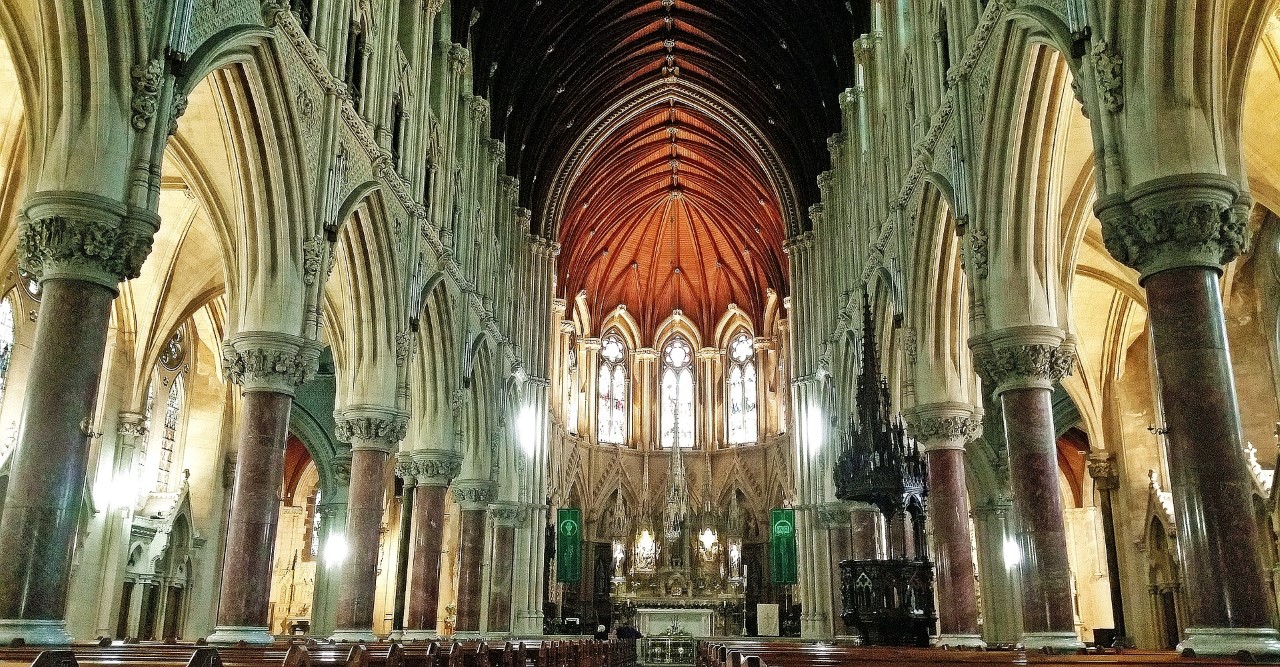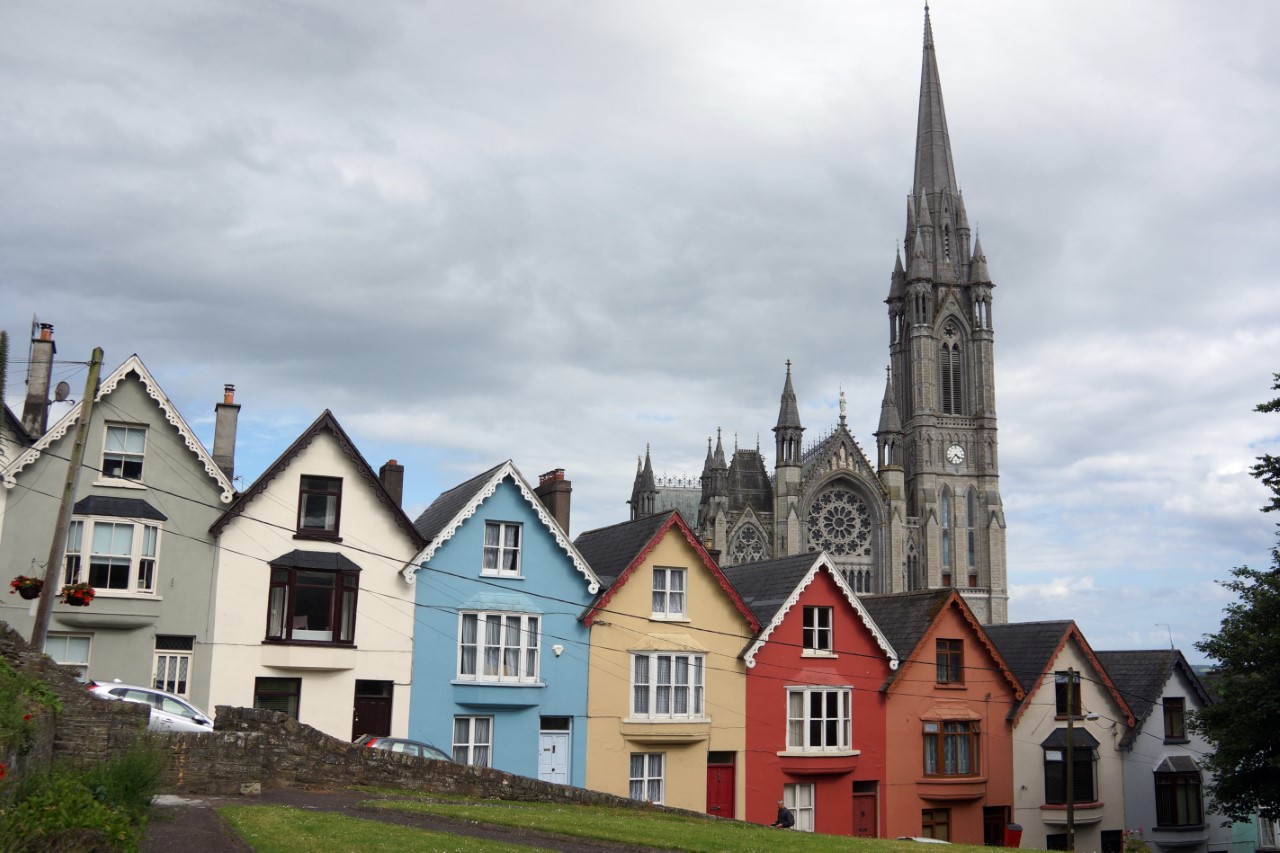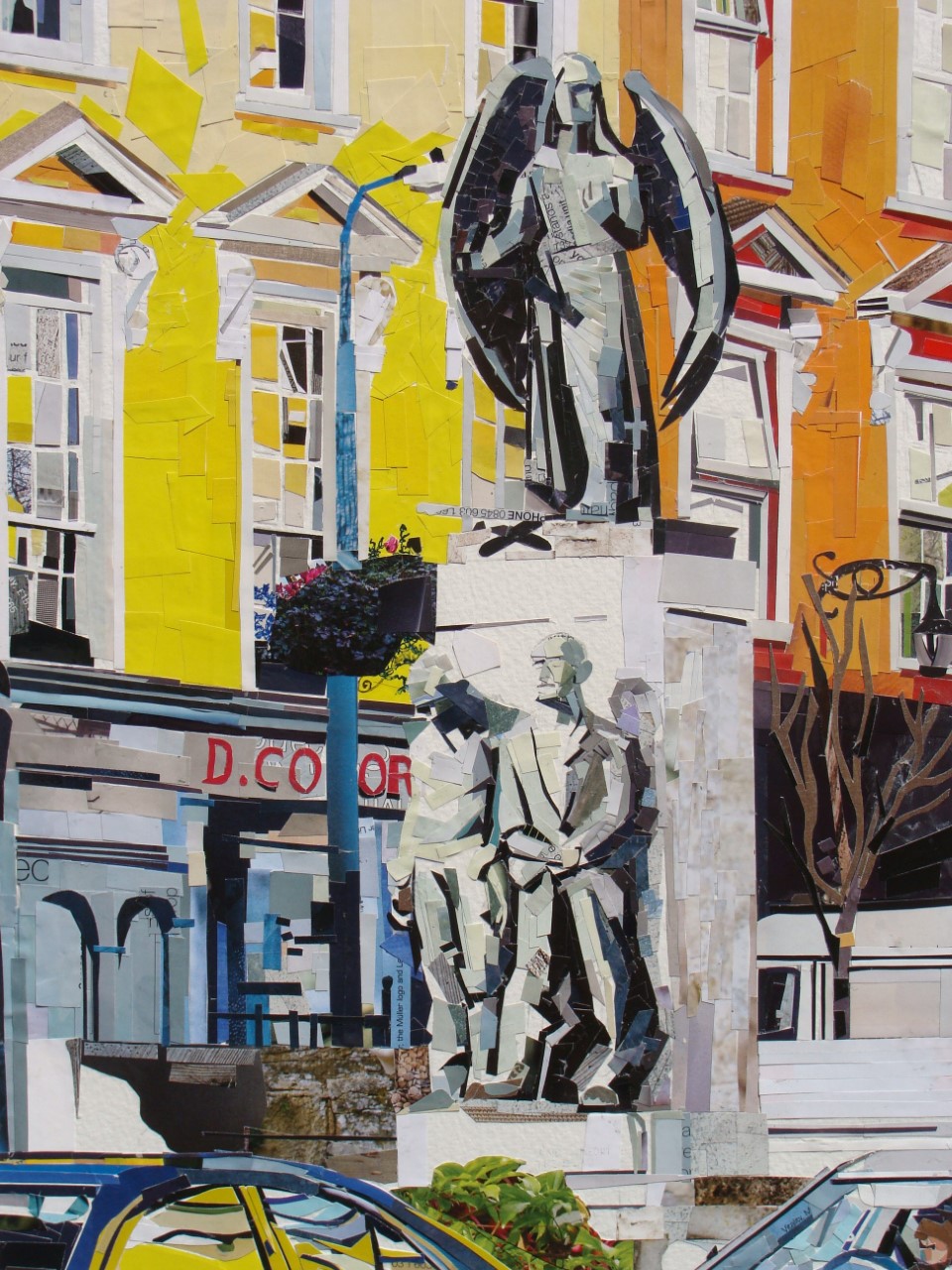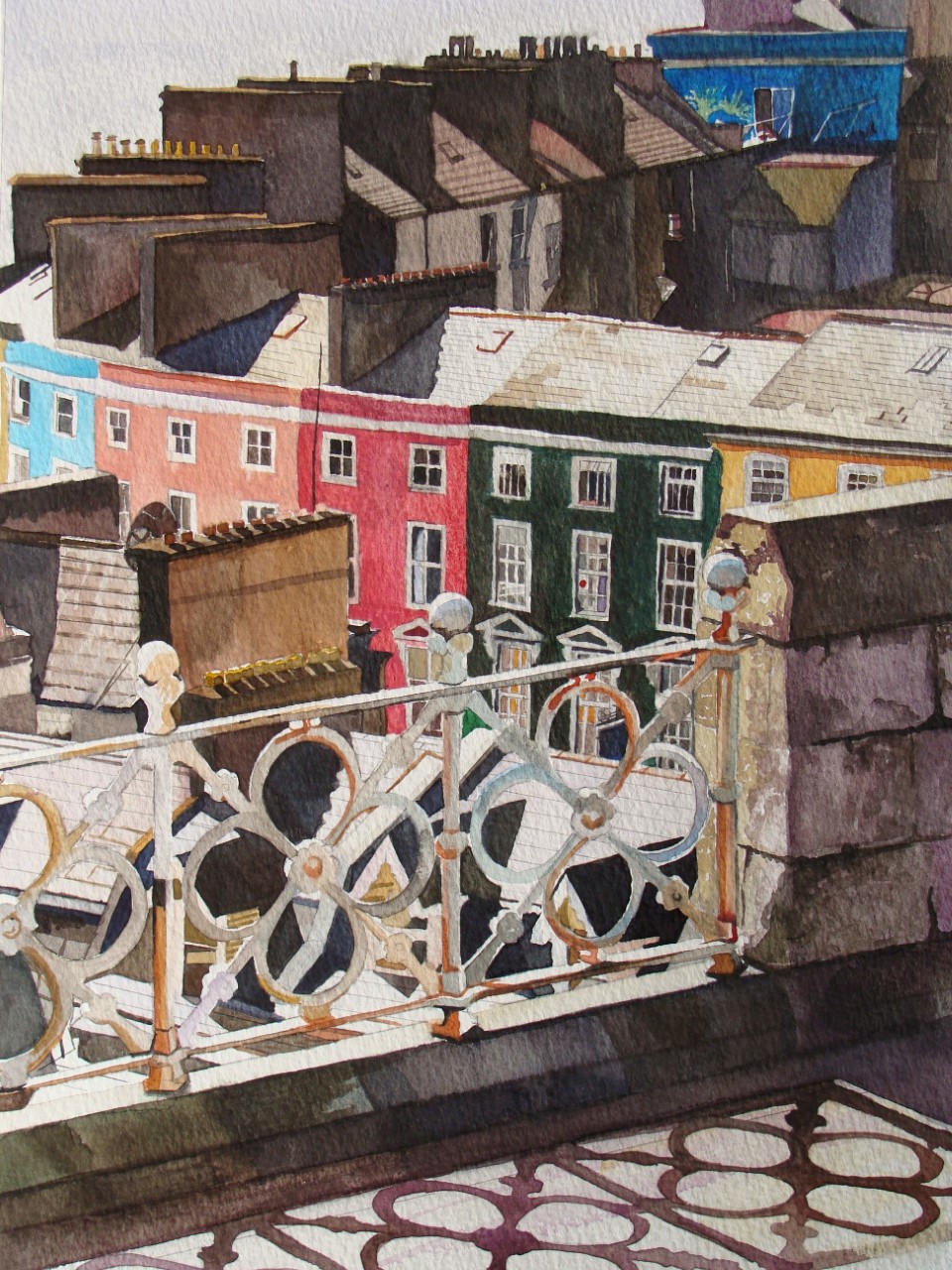Cobh | The Jewel of County Cork | Dallaswear
Posted by Callum McCrimmon on 1st Jan 1970
Cobh, County Cork
Cobh, pronounced “cove”, is the largest town on Great Island. Great Island sits in Cork Harbour, a large natural harbour at the mouth of the River Lee. Formerly known as Queenstown the town changed its name to Cobh in 1920.
Just 20 minutes from Cork, Cobh has good connections to the city by road and rail if you are interested in a day visit. Personally, I think Cobh and all its attractions deserves a longer stay in order to fit everything in.

Visually, the most striking thing about Cobh, is St Colman’s Cathedral as it towers above the brightly painted houses in the town below. The Cathedral took 47 years to build and opened in 1911. Built in the neo-Gothic style it boosts a 100m spire and a tower that houses a 42-bell carillon. This is the largest carillon in the whole of Ireland and Britain.
Bandon Hill, known locally as “the Deck of Cards” is the steepest hill in all of Cork. A street lined with brightly painted houses it is probably the most photographed street in Cobh.

The promenade, down by the harbour, is a natural gathering place for visitors and locals. The centre piece is the beautiful Bandstand where local and national brass bands often come to play. There are plenty of benches on offer to linger a while and take in the beautiful views across the sea and the unspoilt atmosphere of the place. There’s nothing better than taking the time to sit for a while and enjoy the fresh sea air with a coffee or an ice cream.
Due to its location in a large natural harbour, Cobh has a long history with the sea. Today cruise liners, over 50 a year, visit the town. These include the largest cruise liners in the world which are able to berth within 20 metres of the town centre. Cobh is famous for a number of reasons. Any American researching their family history will be aware that Cobh was the departure point for 2.5 million Irish people who emigrated to North America between 1848 and 1950. Queenstown, on 11th April 1912, was also the last port of call for RMS Titanic on her fateful maiden voyage. Another cruise liner, the Lusitania, was torpedoed off of the Old Head of Kinsale during World War I on 7th May 1915 by the Germans. There were nearly 2000 passengers and less than 800 survivors. The survivors were taken to Cobh and the dead were buried in a cemetery not far from the town. The Lusitania memorial located in the centre of the town, in Casement Square, is a moving memorial to those who lost their lives. The memorial depicts fishermen who went to the aid of the victims. Above the beautifully rendered fishermen is the Angel of Peace. The monument was designed by Jerome Connor and is a fitting memorial.

For those interested in history, Cobh has The Queenstown Story Heritage Centre located in the restored Victorian Railway Centre. Here you will learn all about Irish emigration from the 1600’s onwards. The stories told bring home the harshness of the lives of those who have gone before and the terrible conditions they had to endure. The centre manages to impart these stories in an inventive and respectful manner. You’ll also learn about the Great Famine, the Titanic, the Lusitania and military and naval history of Cobh.
Other activities tourists can take part in, include the Titanic Walking Tour, during which a guide will help you explore Cobh which remains largely unchanged since the disaster itself.
Spike Island is another island in Cork Harbour which has a fascinating history. Accessible by ferry the island has been home to a monastery built in 635AD, Ireland’s largest prison and a fortress. This fascinating Island is full of history. Some of it is shocking and a lot of it is just sad. During the famine, people, in their desperation to survive, resorted to desperate measures such as stealing low value items. What would now be viewed as petty crime was punishable in the harshest of ways. Often convicts were transported to the colonies. This was a way of populating the colonies and punishing the accused. When Australia started to refuse to take the convicts, being unhappy with their calibre, the prison authority had to look for other alternatives. Spike Island was the answer. In October 1847 Spike Island became a prison for the second time. The prison population was intended to be 800 but within a few years, numbers swelled to over 2300. Now Spike Island was the largest known prison in the world.
If visiting Spike Island, the cost of a guided tour is included in the price of your ferry ticket but it’s entirely up to you whether you join the tour or head off on your own. Red squirrels, which are under threat on the mainland by grey squirrels have been reintroduced to the island, as has the Irish hare. There are two walking trails to enjoy on the island and perhaps encounter the squirrels or hares. The views across the sea to Cobh are beautiful and it’s worth the crossing just to see Cobh from another angle.
Being on the coast there are plenty of activities to keep visitors amused, including fishing, water sports, sailing, boat trips and bird watching.
Unfortunately, but unsurprisingly, lots of the activities and museums mentioned here are closed to the public due to the COVID-19 Pandemic. The purpose of our blog is to impart information and details of places that we have enjoyed visiting in the past, with the hope that at some point in the future you may like to see them for yourselves.


